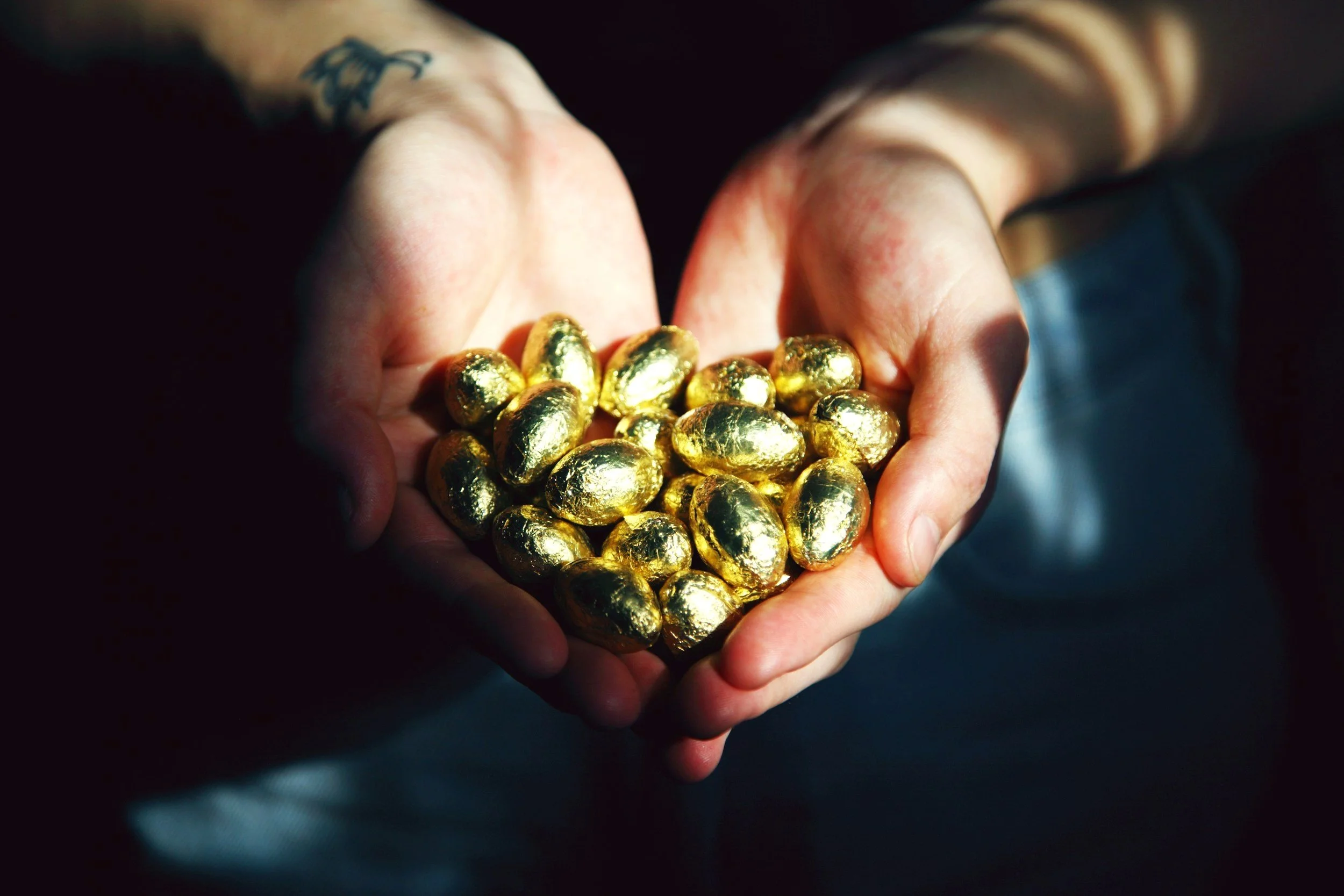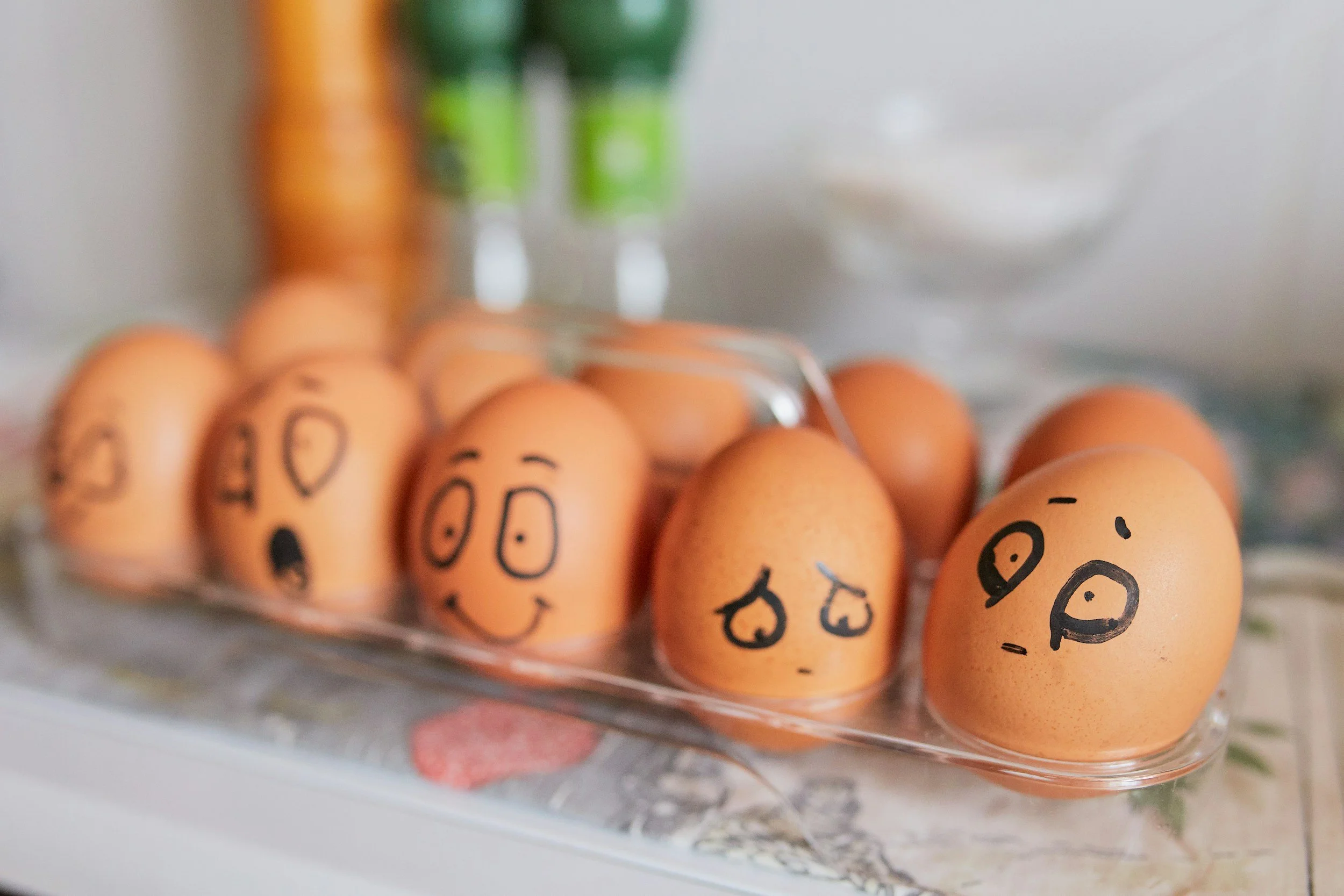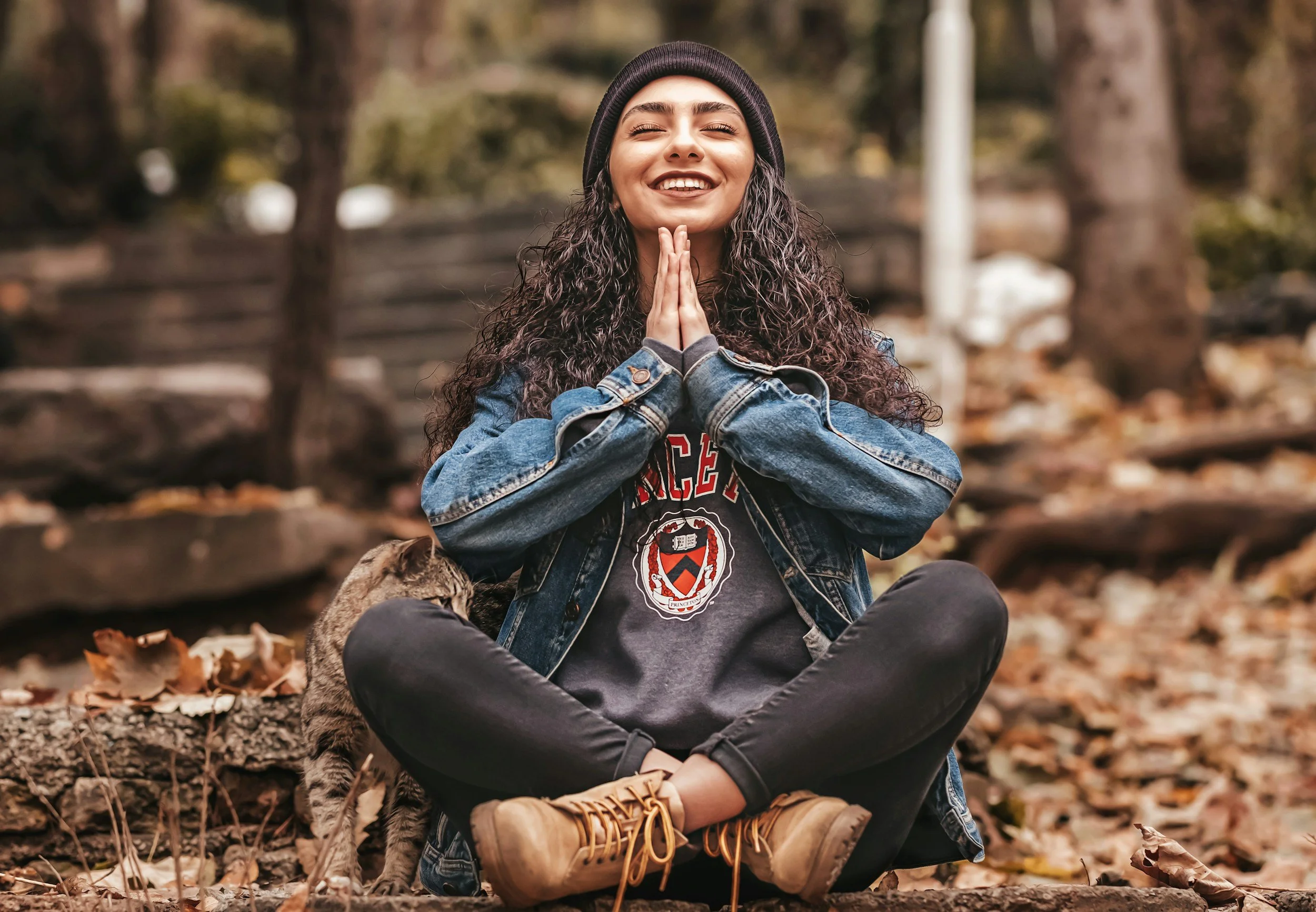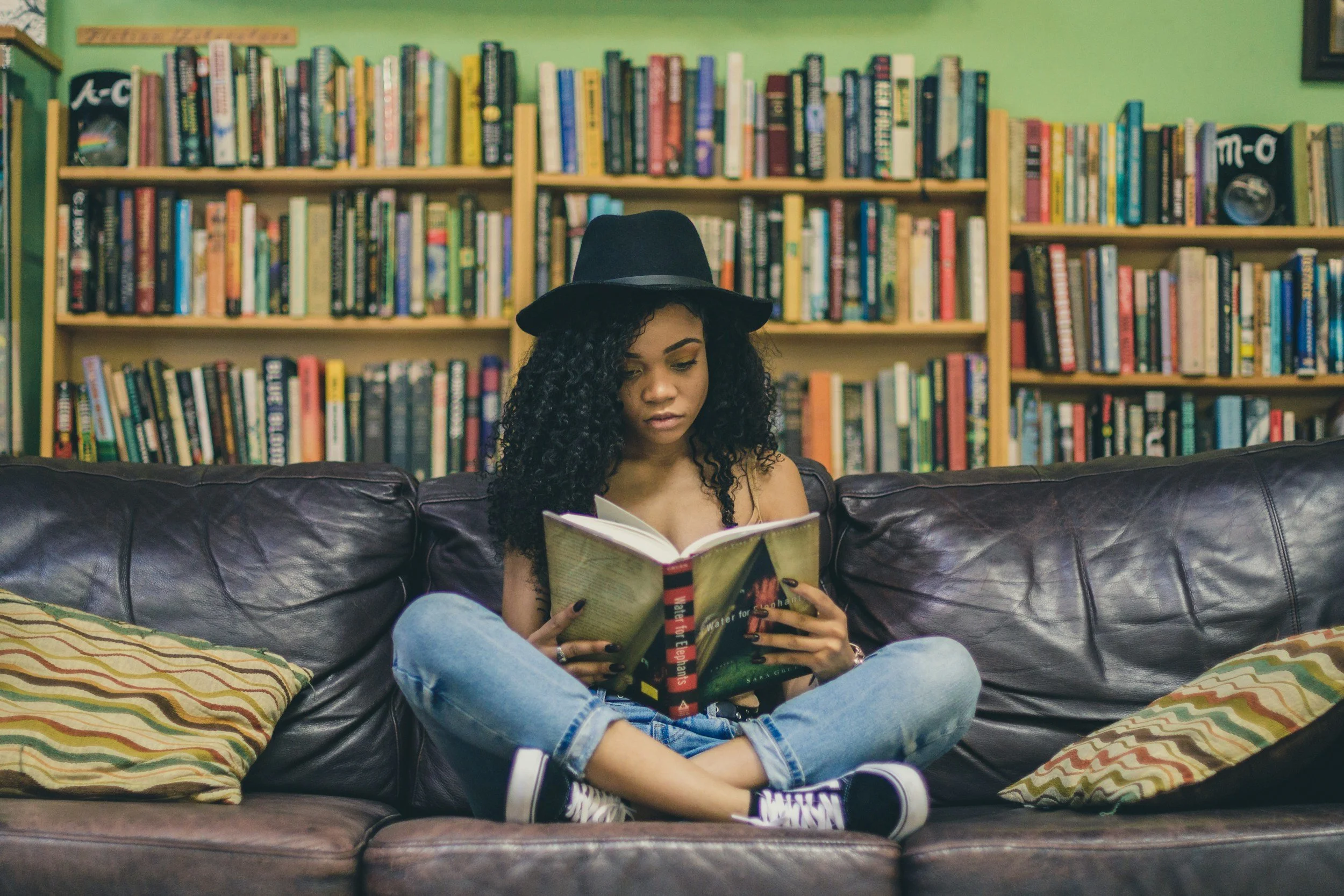
Practices, concepts, readings, and more, to support your health
If you are interested in learning more about healing, growth and change, check out the resources below. Some enhance understanding and insight. Others are focused on teaching you tools for mental, emotional and nervous system regulation .
Grounding Skills
When you are feeling overwhelmed and dysregulated, it’s important to take the time to pause and ground yourself before you get hurt or do something you'll regret. Think of it as applying the brakes—slowing down before you go too fast, too far, and in the wrong direction.
Some signs that you might need to ground: inability to think clearly or speak coherently, feeling frozen, numb or a lot of physical tension or pressure (e.g. tightness in the throat), urges to run, fight, use substances or hurt yourself, intense emotions that feel out of control.
Here are a few ways to practice grounding and stabilization.
Managing Emotions
Learn how to ride the waves of emotions and manage them with skill. As Jon Kabat-Zinn said, “You can't stop the waves, but you can learn to surf.” Emotions are our birthright—they inform us about our inner self and relationships, help us connect to others, and motivate satisfying and necessary action. When they aren’t acknowledged and validated, however, dysregulation and overwhelm can happen. Instead of suppressing, resisting, minimizing, or denying your emotions, learn how to experience them without judgment or paralysis.
The importance of “negative” emotions
Emotion Regulation from the perspective of a somatic therapist
Mindfulness
“You can't change what you're doing until you know what you're doing.” Simply paying attention and acknowledging what is happening right now without judging, is the essence of mindfulness. It’s how you know what you’re doing, and is one of the core skills that I teach people. Noticing what is happening, both inside of you and outside in the environment, is the first step toward change. There are many ways to practice mindfulness, some of which may or may not work for you. It’s important to experiment and see what is helpful.
Befriending your nervous system
Vagus Nerve reset (releasing stress)
Journaling & Self-Reflection
It can be helpful to keep a therapy journal where you keep track of your goals and dreams. Writing uses a part of your brain that helps you learn and integrate new ways of being, as well as remember important insights and memories. Writing can also be a useful tool for expressing painful thoughts and feelings in a safe place which are better left unshared with the person they are directed toward (e.g., a letter to an abusive ex).
Movement
Find a way to move your body. Stretch. Tap your toes. Pull some weeds. Dance. Hike. Make the bed. Wiggle your nose. Pet your dog (or cat). Moving doesn’t necessarily mean exercise (though it might). Life is movement. Being too still or frozen does not feel good. Whatever your size or capacity (including if you have limitations on your mobility or pain issues), there is a way to find resource and strength in feeling your body move.





